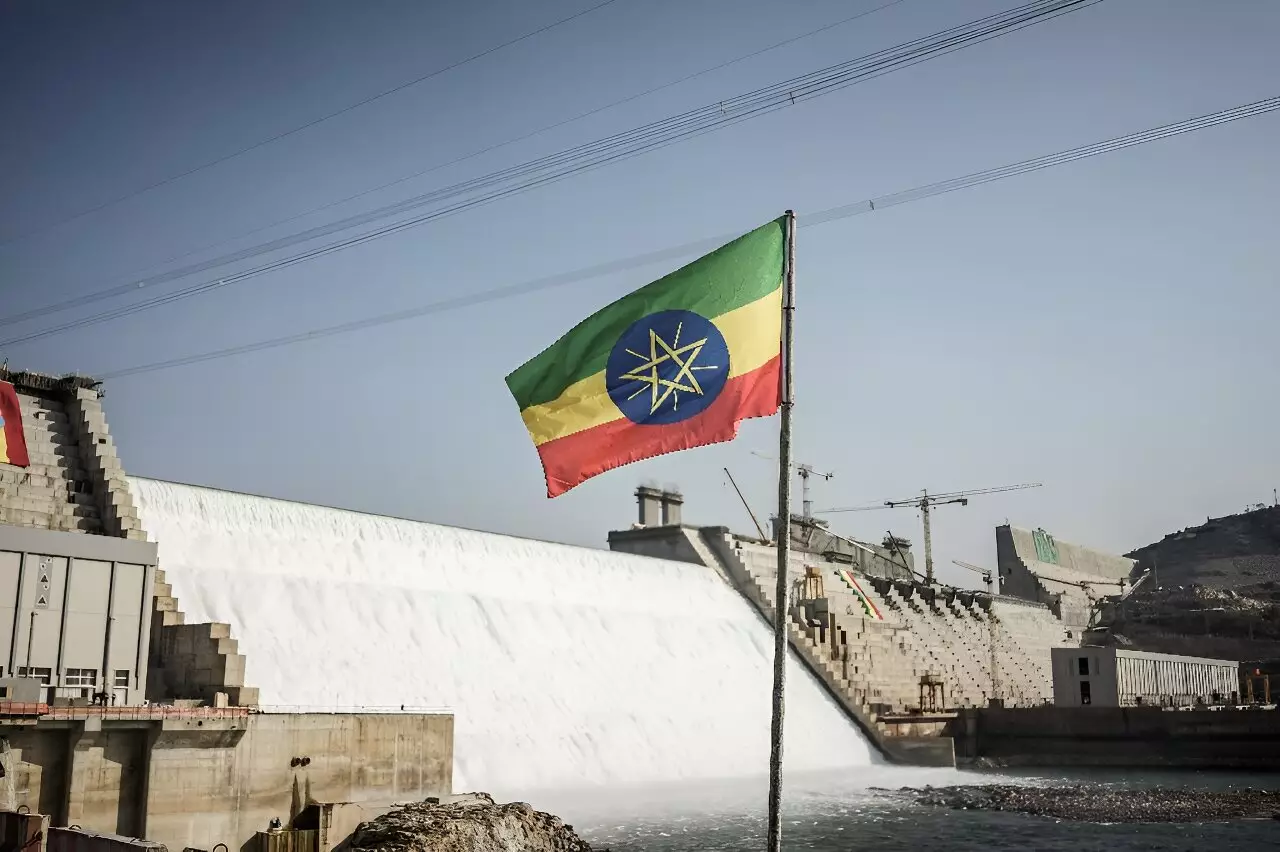Ethiopia recently announced that it has significantly increased its electricity production from the Grand Ethiopian Renaissance Dam (GERD) on the Blue Nile. This boost in production comes after the operation of two additional turbines at the controversial dam. The GERD now generates 1,550 megawatts of electricity, marking a significant milestone in the country’s power generation capabilities. With the completion of the concrete dam and the addition of these new turbines, Ethiopia has transitioned from the construction phase to the operation phase of the project.
The GERD has long been a point of contention with downstream nations, particularly Egypt and Sudan. Egypt, heavily reliant on the Nile for its water needs, has raised concerns about the potential impact of the dam on its water access. The country fears that the GERD could threaten its water security, as it currently depends on the Nile for 97 percent of its water requirements. Sudan, facing its own challenges including civil unrest, has also expressed uncertainties about the dam’s operation.
The construction of the GERD has triggered a regional dispute since Ethiopia initiated the project in 2011. Despite on-off negotiations between the involved nations, a comprehensive agreement has yet to be reached. Egypt and Sudan have insisted on a three-way agreement governing the operation of the dam to safeguard their water interests. Ethiopia, on the other hand, maintains that the GERD is essential for its electrification and development goals and that it will not significantly affect downstream water flow.
At full capacity, the GERD has the potential to generate over 5,000 megawatts of electricity, making it Africa’s largest hydroelectric dam. This significant increase in power generation could have a transformative impact on Ethiopia’s energy landscape, helping to address the electricity deficit in the country. To further support Ethiopia’s energy goals, the World Bank has announced plans to assist the country in expanding its electricity network and diversifying into clean energy sources such as solar, wind, and geothermal power.
While the completion of the GERD represents a significant achievement for Ethiopia in terms of power generation, challenges remain. The ongoing regional disputes and concerns from downstream nations underscore the delicate balance of water security in the region. Ethiopia’s ability to effectively manage the operation of the dam while addressing the concerns of its neighbors will be crucial in maintaining regional stability and cooperation. Additionally, the country must continue to invest in renewable energy sources to meet the growing demand for electricity and alleviate poverty among its population.
Overall, the developments in Ethiopia’s mega-dam project mark a pivotal moment in the country’s energy sector. The successful operation of the GERD demonstrates Ethiopia’s commitment to advancing its infrastructure and addressing its energy needs. However, the challenges posed by regional tensions and water security issues highlight the complex nature of such large-scale projects. Moving forward, Ethiopia must navigate these challenges while seeking to leverage the potential of the GERD to drive sustainable development and economic growth in the region.


Leave a Reply
You must be logged in to post a comment.